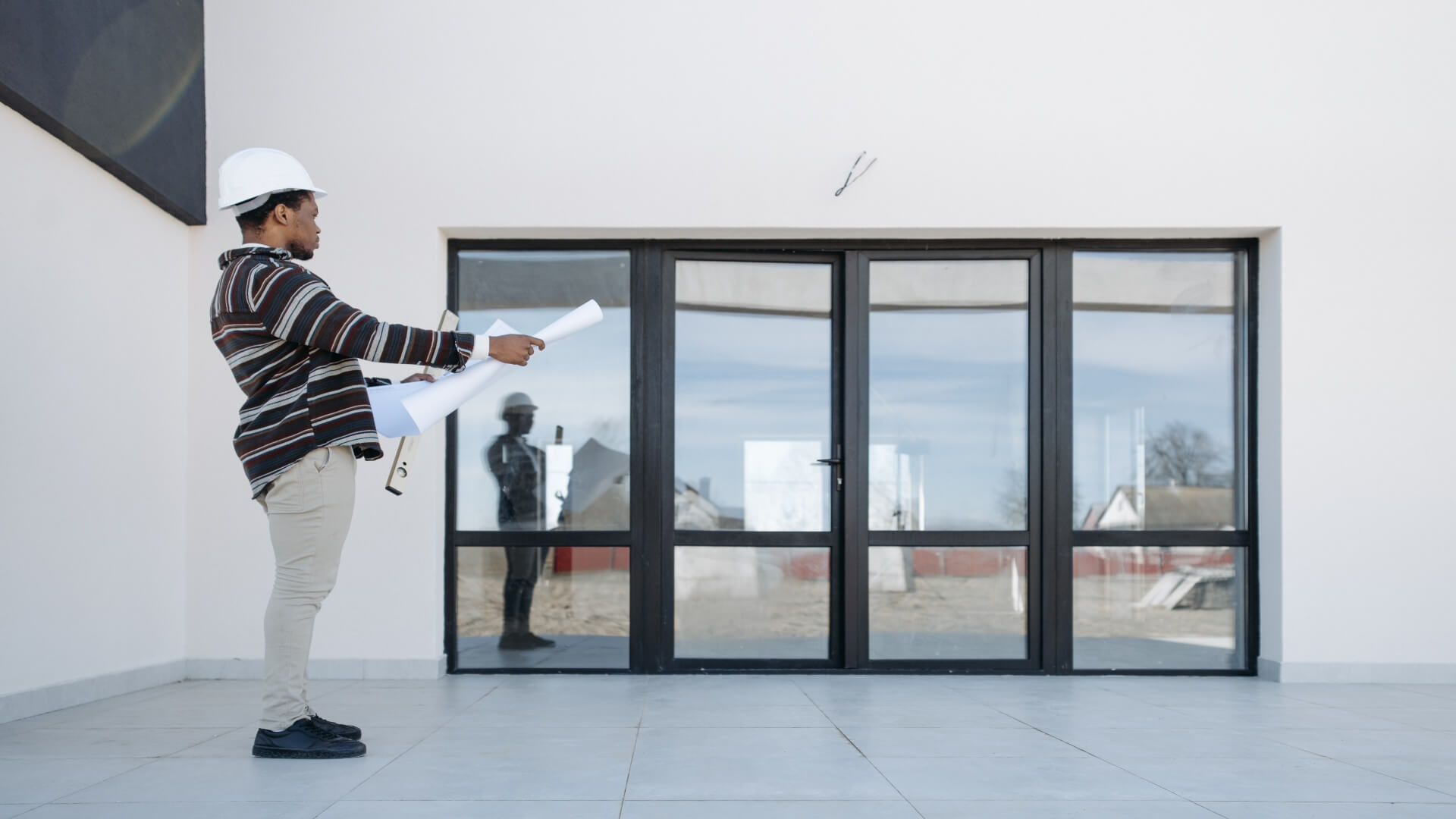Building a house is no small task. It requires an understanding of the different stages of construction, from securing land and laying the foundation to adding finishing touches like paint and trim. This guide will take you through each step, giving you a better grasp of what it takes to build a house from start to finish.
1. Plumbing is important
Plumbing is one of the most important components of any house construction project. Without a proper plumbing system, your home will be unable to provide clean drinking water or safely dispose of wastewater. When laying out your plumbing plans, it’s important to consider factors such as water pressure and other restrictions that may affect your building’s layout. Your design should also take into account any future additions or renovations you may want to make down the line. Installing plumbing in a new building, for example, requires special equipment and knowledge of the local building codes. It’s also important to ensure that the plumbing system meets all safety and operational requirements.
2. Foundation laying
Once the land has been chosen and surveyed, it’s time to start laying the foundation. This is the first step in house construction and serves as the base for all other components of your home. The type of foundation used will depend on a variety of factors such as soil types, climate, and building codes. Common foundations include poured concrete footings, slab-on-grade, crawlspaces, or basements. It’s important to make sure that your foundation meets local building codes to ensure its stability over time. Additionally, you may need to install waterproofing materials around any exposed edges of your foundation before the construction process can begin.
3. Framing the house
Framing is the next step in house construction and involves constructing the basic shape of your home. This includes laying out walls, floors, ceilings, and roofs. Framing also provides support for finishing materials such as drywall and trim. It’s important to use quality materials and follow proper building codes when framing a home to ensure its stability over time. Depending on your design plans, you may need to install steel beams or other load-bearing components before beginning the framing process. Additionally, windows and doors should be measured correctly so that they fit properly within their frames.
4. Installing interior finishes
Once the exterior of your home has been framed, it’s time to start installing the interior finishes. This includes materials such as drywall, flooring, trim, and paint. It’s important to choose high-quality materials that will stand up to wear and tear over the years. Additionally, careful attention must be paid to the installation process itself to ensure a professional-looking finish. Installing drywall requires special tools and techniques that should only be attempted by an experienced contractor. When painting inside your home, it’s important to select a colour scheme that complements the other design elements of your space.
5. Exterior touches
The last step in house construction is adding exterior touches such as siding and landscaping. Your siding should be selected based on the climate in which you live, as well as its ability to complement your home’s design. Additionally, it’s important to choose materials that are low maintenance and easily repairable if needed. Landscaping is another way to add aesthetic appeal to your exterior space. You can choose from a variety of perennials, shrubs, trees, or ground covers depending on the look you want to achieve. It’s also important to consider factors such as water requirements and soil conditions when selecting plants for your outdoor space.
6. Completing the construction process
Once all of these steps have been completed, your home is ready for occupancy. Before you move in, it’s important to have all of the necessary inspections and permits in place. This includes an electrical inspection, a plumbing inspection, and a final building inspection. Additionally, any appliances or fixtures that will be installed should be tested as well. Finally, you’ll need to make sure that your home is properly secured against intruders by installing security measures such as locks on doors and windows. By completing these steps carefully, you can enjoy your new home for many years to come.
7. Maintenance
Regular maintenance is essential for keeping your home in tip-top shape over time. This includes tasks such as cleaning gutters and downspouts, checking roof shingles and siding for damage, inspecting windows and doors for proper sealant, and repairing any structural defects that may arise. It’s also important to check the exterior of your home regularly for signs of mould or mildew, as these can be hazardous to your health.
Additionally, you should inspect any electrical wiring or plumbing fixtures within your home at least once a year to prevent potential accidents or problems. Finally, it’s a good idea to perform an energy audit every few years to ensure that you are using energy efficiently and cutting down on unnecessary costs.
8. Safety
Safety is paramount when it comes to owning a home. This includes ensuring that all of the necessary smoke and carbon monoxide detectors are installed throughout your house. Additionally, you should check the fire extinguisher regularly and be sure to test all electrical outlets for possible shock hazards. Finally, if you have any gas appliances or fixtures in your home, be sure to inspect them for leaks annually. Taking these precautions can help keep you and your family safe in case of an emergency.
As was seen, constructing a new house requires careful planning and attention to detail. From choosing quality materials to installing interior finishes and completing inspections, the process of house construction is complicated but rewarding at the same time. Although it can be a lengthy process, the result is sure to be an amazing space that you’ll enjoy for many years to come. With careful planning and regular maintenance, your home will remain safe and secure for years to come.

































